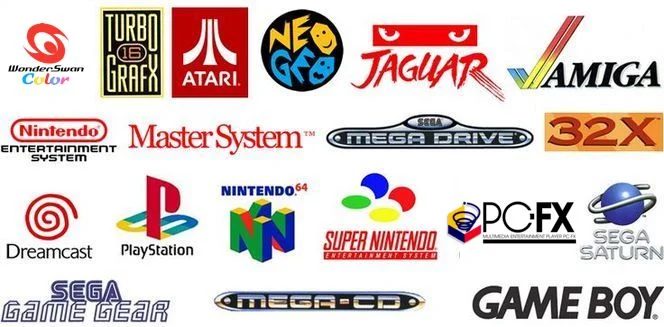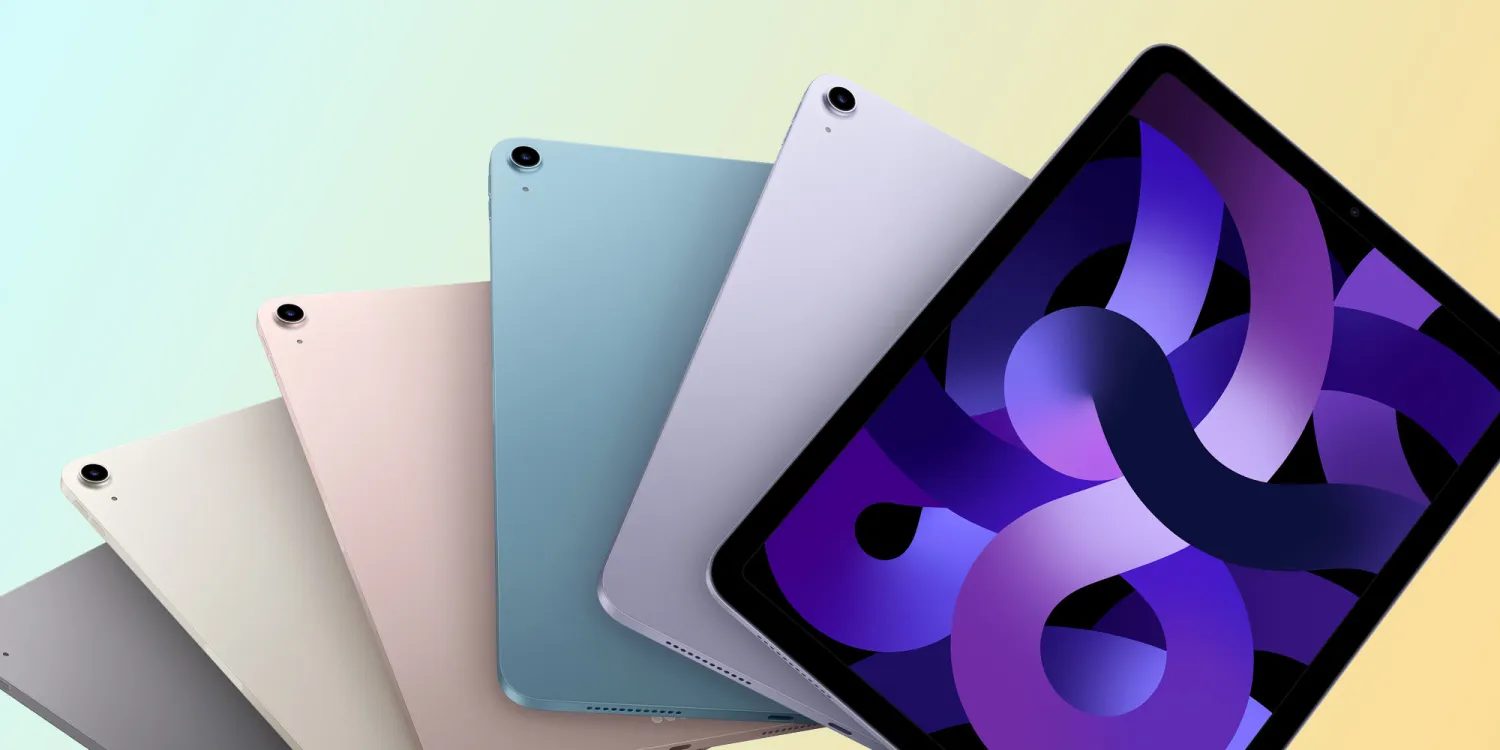
Rogers and SpaceX to Bring Satellite Phone Coverage Across Canada

Rogers and SpaceX are partnering to bring satellite-to-phone coverage to Canadians from coast to coast, ensuring 4G and 5G connectivity even in the most remote regions of the country. Rogers will be partnering with Lynk Global to test and bring this satellite cellphone coverage across Canada.
The agreement will make Rogers the first wireless company in Canada to offer satellite connectivity using SpaceX’s Starlink low earth orbit satellites and Rogers’ national wireless spectrum.
This news was first announced at the 2023 Rogers Annual General Meeting held on Wednesday by Rogers President and CEO Tony Staffieri.
The collaboration aims to start by providing satellite coverage for SMS text messages, eventually expanding to voice and data services for Canada’s remote wilderness, national parks, and rural highways that currently lack connectivity.
“As the country’s biggest investor in 5G spectrum with Canada’s largest 5G network, Rogers is proud to work with SpaceX to expand wireless coverage across all of Canada, from coast to coast, to keep Canadians connected and safe,” said Staffieri. “In the future, these investments will deliver wireless connectivity, including access to 911, to even the most remote areas.”
“As a Canadian, I’m excited that SpaceX is collaborating with Rogers to bring SpaceX’s Direct to Cell service to Canadians. I’m proud of the impact this will have across the country wherever Canadians may work, play or travel,” said Sara Spangelo, co-lead for Direct to Cell at SpaceX.
Rogers says once the service is commercially available, satellite-to-phone coverage will work with all 4G and 5G smartphones.
“Everyone deserves to have access to seamless connectivity and emergency services, no matter where they live. That’s why Lynk is thrilled to partner with Rogers to help bring continuous wireless coverage to Canadians,” said Charles Miller, Lynk CEO and co-founder, in an issued statement.
Down in the U.S., SpaceX signed a deal with T-Mobile to offer similar service, and now Rogers will be Elon Musk’s partner up in Canada. Last year, Musk said speeds will be 2-4 Mbps per cell zone, which will “work great for texting and voice calls, but not high bandwidth.” Each large cell can handle 1-2000 voice calls for basic coverage in areas traditionally with zero coverage.
SpaceX recently launched its Starlink V2 Mini satellites into low-Earth orbit, which offer four times the capacity of its predecessor, while offering more powerful antennas and improvements. There are roughly 4,000 Starlink satellites in orbit and SpaceX’s cellphone service will leverage gen-2 satellites for phone coverage.
The advantage of the Starlink satellite constellation is SpaceX is able to launch them into orbit themselves, at a cadence unmatched by any other rocket company. SpaceX’s reliable workhorse Falcon 9 rocket is targeting a Thursday launch of 46 Starlink satellites from Space Launch Complex 4 East (SLC-4E) at Vandenberg Space Force Base in California.
Rogers notes that it will “work closely with the Department of Innovation, Science and Economic Development Canada (ISED), Public Safety Canada, Canadian Radio-television and Telecommunications Commission (CRTC) and first responder emergency services to obtain regulatory approvals and bring this technology to Canada.”
Given the huge Rogers outage from last year, with SpaceX as a partner leveraging Starlink satellites, this may possibly offer a redundancy for wireless networks as well.

